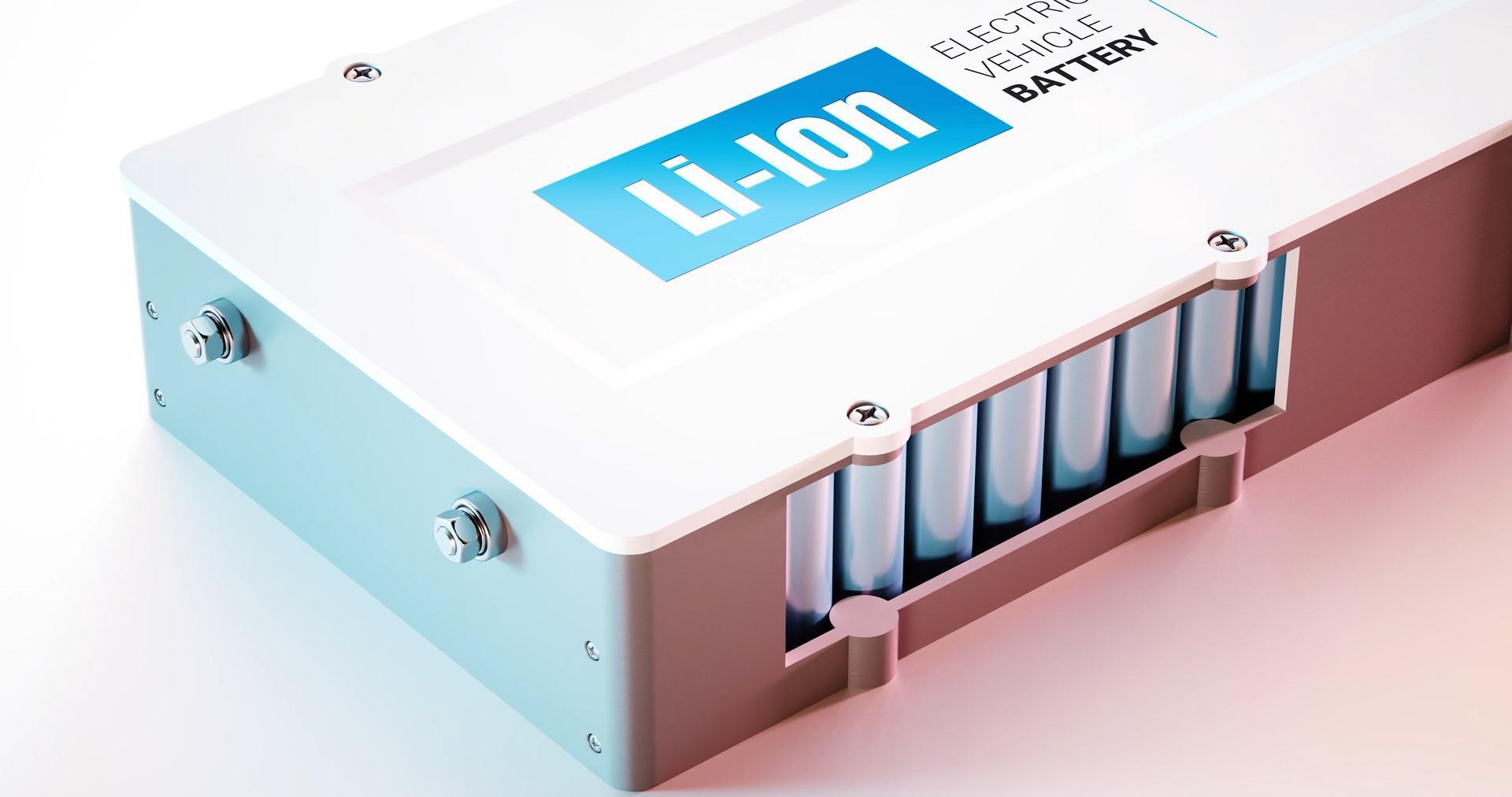Search Thermo Fisher Scientific
XPS surface analysis
X-ray photoelectron spectroscopy (XPS) is a surface analysis technique that provides quantitative elemental and chemical state information about the top layers of a material.
XPS is essential for understanding the interface between electrolytes and electrodes. Cathode and anode materials of Li-ion cells can be studied to confirm post-cycling changes in composition, to understand changes in the chemistry of the electrode components, and to determine how the solid electrolyte interface (SEI) layer varies in depth as it develops. XPS has proved useful in studying surface pre-treatment of graphite electrode materials to significantly slow the irreversible consumption of material during battery charging. Surface analysis tools from Thermo Fisher Scientific have all the features required for battery material analysis, including vacuum transfer modules for safe transport of sensitive battery samples from a glove box to the instrument without exposure to ambient atmosphere.
XPS sample data for battery components
NMC cathode surface profile before and after cycling
Cathode materials like lithium, nickel, manganese, cobalt (NMC), and oxygen change in stoichiometry depending on whether the cell is charged or discharged. In this experiment, two NMC cathode samples were profiled on the Thermo Scientific K-Alpha XPS system. One sample was taken from a pristine, unused cell, while the other was from a cell that had been through several charge/discharge cycles and was in a charged state when the cell was disassembled. Because lithium is highly sensitive to air and moisture, the electrode materials were loaded into the K-Alpha Vacuum Transfer Module (VTM) in a glove box for transport to the XPS system.
The survey spectra (left figure) show peaks for the cathode materials (Li, Ni, Mn, Co, O) and the binder medium (F and oxygen-containing polymers) that holds the materials together. In the pristine sample (green), the binder is evident as a significant amount of residue on the surface. This could be important during the first use of the cathode, if the binder residue is mobile in the electrolyte or reacts to begin the formation of a surface layer that impedes ion transport. The cycled cathode (red) still shows the presence of the binder as well as residue from the electrolyte at the surface.
Surface profile of NMC cathode before and after cycling. (left) Survey spectra from the pristine (green) and cycled (red) cathode samples showing evidence of cathode materials and binder. (right) Atomic percentages of NMC components from pristine vs cycled samples. Mn, Co, and Ni intensities remained stable after cycling while Li decreased due to the charged state of the cycled battery.
Comparing the NMC components (excluding oxygen) between the two samples (right figure), the relative intensities of Ni, Mn, and Co were similar. However, the amount of Li detected in the cycled cathode was around 40% of that observed in the pristine cathode. This was expected in a sample from a charged cell, where the Li ions have transported toward the anode, depleting the lithium level in the cathode.
Depth profile of LiPON solid electrolyte
XPS depth profile of LiPON solid electrolyte
Depth profiling analysis of the lithium phosphorus oxynitride (LiPON) solid electrolyte can help you understand the stoichiometry of the film as a function of depth. The 1 keV monatomic Ar+ ion profile (left) induces Li “pile-up” at the interface because the monatomic ion beam induces Li mobility in the sample. Using a cluster ion source, such as the Thermo Scientific MAGCIS ion source, prevents this from happening, resulting in an accurate measurement of the composition of the electrolyte film.
X-ray photoelectron spectroscopy use cases in battery research and manufacturing
| Challenge | Technologies | Solution | Resources |
| Understand stoichiometry of solid electrolyte film as a function of depth | XPS | XPS depth profiling can quantify elements at each depth | Webinar: Understanding surface reactions of the solid electrolyte interface via advanced characterization techniques |
| Characterize raw materials | XPS | XPS can be used to analyze the surface of powdered materials prior to formation of electrodes, determining stoichiometry and identifying contaminants | TBD |
| Measure electrode surface chemistry | XPS | XPS can quantify the chemical states present at the electrode surface | App note: Analysis of electrode materials for lithium ion batteries |
| Track the evolution of the SEI layer | XPS | Materials can be depth profiled using XPS and a cluster ion source to follow the development of the SEI layer after cycling | TBD |
| In situ electrode cycling | XPS | Electrodes can be operated in situ to monitor spectral changes as they are charged and discharged | TBD |
| Investigate the changes in separator chemistry during cell lifetime | XPS | The surface chemistry of polymeric materials is easily characterized using XPS | TBD |
X-ray photoelectron spectroscopy instruments
X-ray photoelectron spectroscopy resources for batteries
X-ray photoelectron spectroscopy battery webinars
X-ray photoelectron spectroscopy documentation and literature
XPS battery application notes
For Research Use Only. Not for use in diagnostic procedures.
